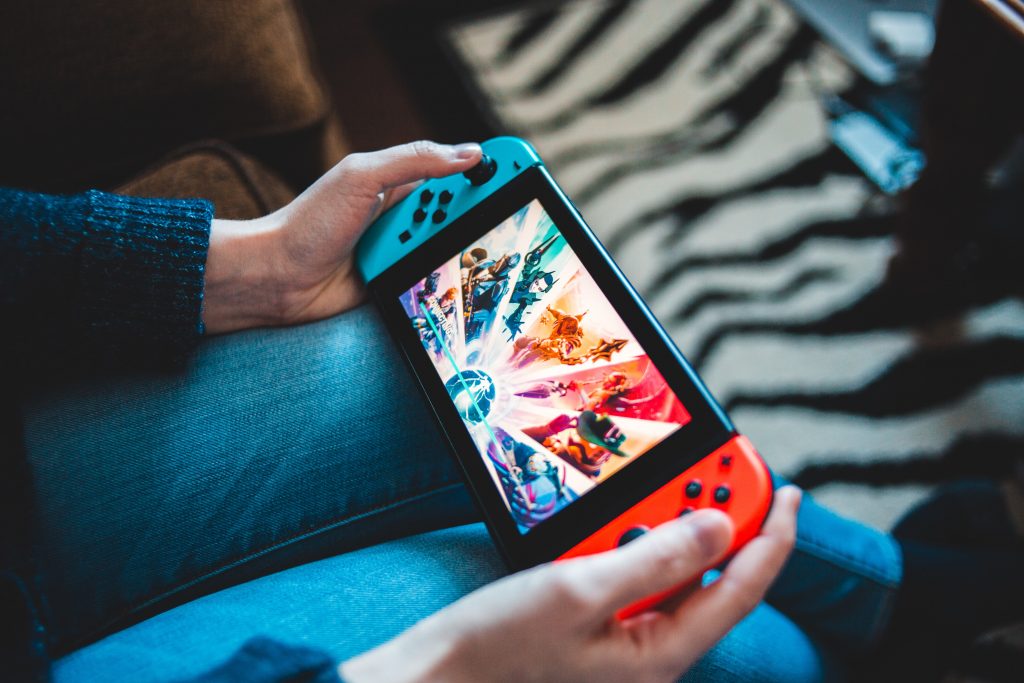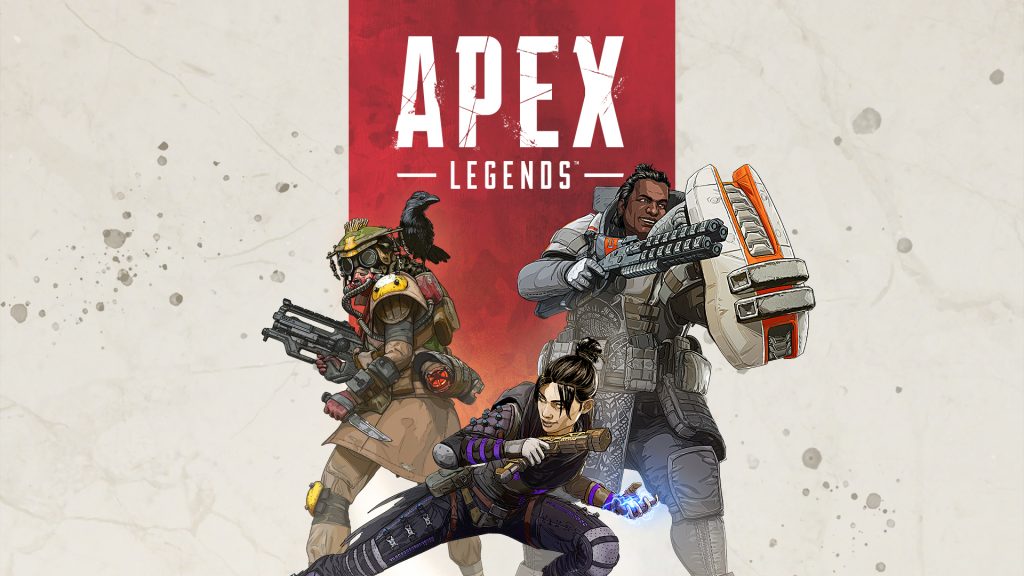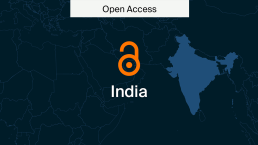The Connection Between the LGBTQ+ Community and Video Games
While covering issues during Pride Month 2022, we reviewed healthcare disparities, discussed transgender participation in sport, and covered gender dysphoria. Gender dysphoria is a key LGBTQ+ issue. It is now something that is in the public consciousness and sees discussion. But what you might not know, is that gender dysphoria has important connections to video games.
How Gender Dysphoria Connects to Video Games
Gaming is more popular than ever and it continues to grow. In 2020, it was found that 3.1 billion people play video games worldwide. This represents 40% of the global population. But what does this mean for us as humans living in the physical world?
 People are often represented by avatars in video games. However, for people who don’t fit into gender norms, this can lead to difficulties.
People are often represented by avatars in video games. However, for people who don’t fit into gender norms, this can lead to difficulties.
As the percentage of gamers increases, the number of trans individuals playing games is also very likely increasing as well. Research in IJERPH reveals that an estimated 1.2–2.7% of the population are gender-diverse adolescents.
This work is important as social issues like this one become more pressing.
The Issues this Creates
Some people play video games while in the middle of a gender transition, or their gender is fluid. Creating an avatar during this time can create issues. The avatar only reflects their gender identity at one moment, meaning that it can become confusing for the person later.
The work by Morgan et al. explains that there can also be positive effects. Someone who has yet to transition can alter their gender expression in the game first. This helps them to process their feelings before they come out in the real world.
Helen Morgan, co-author of this research, explains where it all started,
“I began working with a transgender client. One day I asked my client how they coped day-to-day in the face of overwhelming rejections from family and peers, and they replied, ‘you know, I think gaming’s saved my life’. From there they educated me on how they used avatars to explore, develop, and consolidate their gender identity.”
The authors recommend the inclusion of more diverse and customizable characters in light of this. In the paper, they explain that “the potential of more inclusive avatar design extends past the issue of enhanced playability and into the realms of facilitating a valuable therapeutic process for many TGD young people.”
The Video Games are Leading the Way in Queer Representation
The video game market is booming, but how well does it represent gender-diverse people? Let’s take a look at the current situation.
 The game Apex Legends includes a diverse range of avatars. At the time of writing, of the 17 playable characters, seven are openly LGBTQ+, including a non-binary character.
The game Apex Legends includes a diverse range of avatars. At the time of writing, of the 17 playable characters, seven are openly LGBTQ+, including a non-binary character.
In Animal Crossing: New Horizons, gender does not enter the equation at all. Rather than choosing which gender they want to be, a player selects a “style” instead.
It’s a similar story with the mobile app Pokémon Go. Although previous Pokémon games asked, “Are you a boy or a girl?”, Pokémon Go allows players to choose from different styles instead.
Runescape includes the ability to change rapidly from male to female at any time. A non-player character in the MMORPG is also depicted as changing their character’s gender every ten seconds.
However, these are exceptions. The majority of video games (80%) reviewed between 2017 and 2021 had male protagonists. Morgan explains,
“I think the lack of representation in video games is reflective of the lack of visibility more generally in society until recent times. Historically, all forms of media have lacked positive trans visibility or trans representation has tended to be negative, harmful, and pathologising.”
The Next Steps for Gender Inclusivity
Only small changes need to be made. The research states, ‘the consideration of TGD gamers’ needs does not require major revision, but greater recognition of human diversity and responsive expansion of simple key elements of design, primarily, to facilitate a more inclusive experience’.
As with any great change in practices, it starts with research. The study mentioned in this article has the potential to be incorporated into gaming and the laws surrounding it.
Morgan goes on to say:
“The study we carried out involved focus groups with 17 young people aged between 11 and 22. They recommended that dispensing with binary notions of gender when designing the customisability functions of avatars would enable the unique creation of characters that would accurately reflect the player’s gender identity.”
This shows how important it is to conduct and share research on LGBTQ+ issues. At this critical point, when these issues are at the forefront of the mainstream media, we have the power to have a significant influence on society.
Participating in the Discussion on LGBTQ+ Issues
If you’re interested in submitting research on gender inclusivity, take a look at IJERPH, Social Sciences, and J. Clin. Med. They’re indexed and ranked in well-known databases, with Impact Factors up to 4.242.
Find out more on our Information for Authors page.
This article was originally published June 22nd, 2022 and has received minor updates to clarify content.










